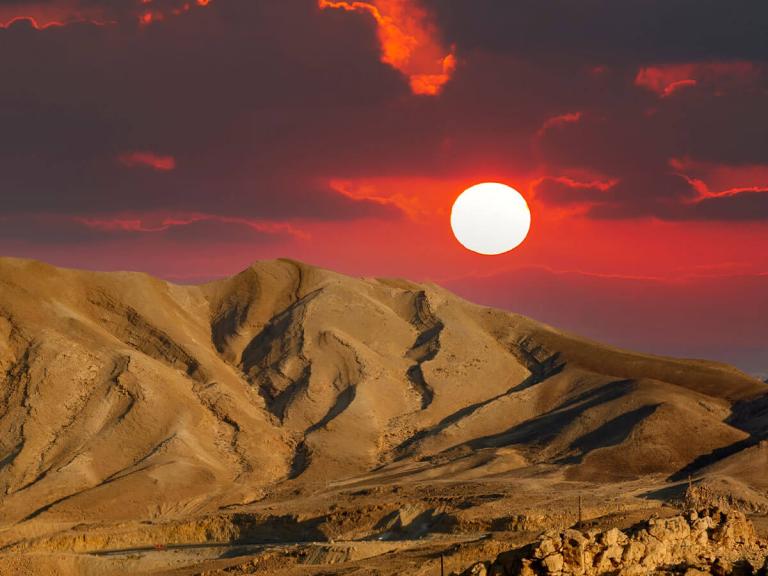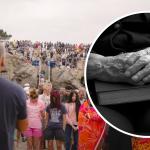
Dr. Steven Collins, archaeologist and Dean of the College of Archaeology at Trinity Southwest University, recently appeared on “The Rosenberg Report” to discuss his decades-long uncovering of what he believes to be the ancient cities of Sodom and Gomorrah. Collins is not the first archaeologist to take on such an endeavor. In 1924, archaeologist William F. Albright searched the southeastern region near the Dead Sea, but was unsuccessful in finding anything, concluding the waters had risen to cover up any city remains. Collins, however, deviated from Albright’s assumption that the cities would have been near the Dead Sea and used the Bible to help him locate them. “There’s so much specific information about the location of these cities that you would practically have to be blind and illiterate not to be able to find the location of Sodom because there are at least 25 known pieces of geography that you can triangulate between to take you to the city of Sodom. It’s not difficult,” Collins said to Rosenberg.
Using information from Genesis 13, Collins began his expedition in 2001 around the Jordan River Valley, a region eight miles north of the Dead Sea. “The proper question to ask in the location of Sodom is, ‘Where was Lot standing when he lifted up his eyes and saw that the whole plain of the Jordan was well-watered?’ It was Bethel and AI,” said Collins. With the permission and supervision of the Jordanian government, Collins began excavations in a region called Tall el-Hammam. There, Collins uncovered a series of cities, including the largest Bronze Age city in the region. The site is believed to date back from 3500 and 1540 BC. The archaeologists uncovered melted items on the site and evidence of a severe fire. It appeared that life had suddenly stopped in the city around the middle Bronze Age, and the city remained uninhabited for 700 years.
One study of the region concluded that the destruction of the city could be the result of a cosmic airburst or crater-forming cosmic impact. Even more remarkable, the study compared the destruction to that of the first atomic bomb test. “Even though an atomic bomb blast is not applicable because of the historical absence of atomic explosions in the area, an atomic blast produces a wide range of melt products that are morphologically indistinguishable from the melted material found at [Tall el-Hammam] (Fig. 51),” the study noted. “These include shocked quartz64; melted and decorated zircon grains (Fig. 51a, b); globules of melted material (Fig. 51c, d); melt glass containing large vesicles lined with Fe-rich crystals likely deposited by vapor deposition (Fig. 51e, f); spherules embedded in a melt glass matrix (Fig. 51g, h).”
Genesis 19 details the destruction of Sodom and Gomorrah, with two angels appearing to save Lot, the nephew of Abraham, from God’s wrath upon the cities. The destruction has been theologically understood to be due to the city’s rampant homosexuality. Genesis 19:24-25 states, “Then the Lord rained upon Sodom and upon Gomorrah brimstone and fire from the Lord out of heaven, And he overthrew those cities, and all the plain, and all the inhabitants of the cities, and that which grew upon the ground.” The situation sounds much like the cosmic airburst that Collins concluded. Dr. Collins detailed his discoveries in his book, “Discovering the City of Sodom.”


